James Webb is not a replacement for Hubble
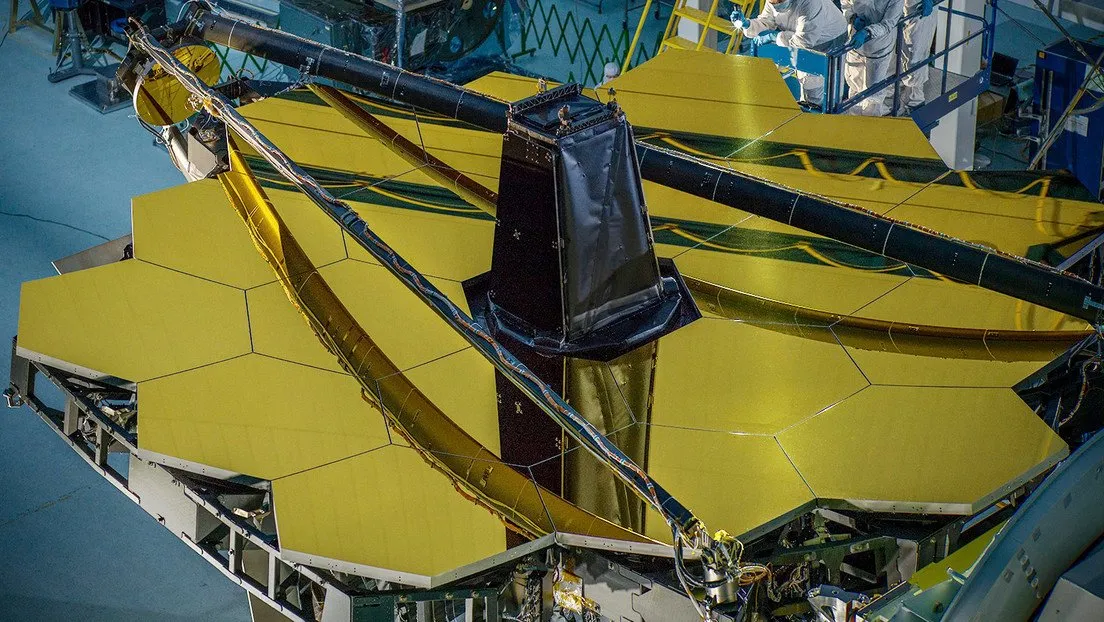
The James Webb Space Telescope Souce
The James Webb Space Telescope with its golden honeycomb design and metallic sails is without a doubt the most beautiful of space telescopes and after much delay it was launched last year to its destination at the LaGrange 2 gravitational equilibrium point, where it is now is in calibration work so that in a few more months it will surprise us with an image that will leave us breathless.
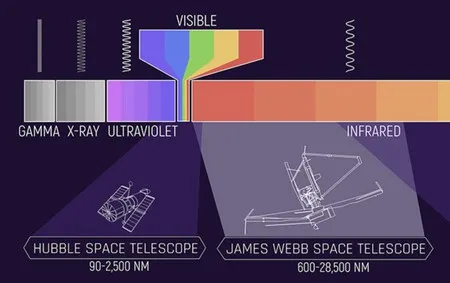
James Webb is not a replacement for Hubble it is primarily a visible light telescope with a little bit of infrared and a little bit of ultraviolet and James Webb will only be able to observe a small portion of visible light, orange and red, and the rest of its sensitivity it is in the infrared, which gives it very different capabilities than Hubble.

The miniTAO telescope, the tallest in the world.
Souce
Telescopes are launched into space not because it is easy or cheap, it is because there are advantages to it, one of them is that it does not depend on the weather to make your observations, if the sky fills with clouds there is nothing you can do with a telescope here on earth, rather than waiting for it to clear, that's why normally the observatories are in very dry places, but even if there are no clouds, the same air, the wind, the temperature difference between different layers of the atmosphere distort the vision of the telescope, that is the reason why we usually build them in high places so that there is less amount of atmosphere, and therefore turbulence, between the telescope and the stars.
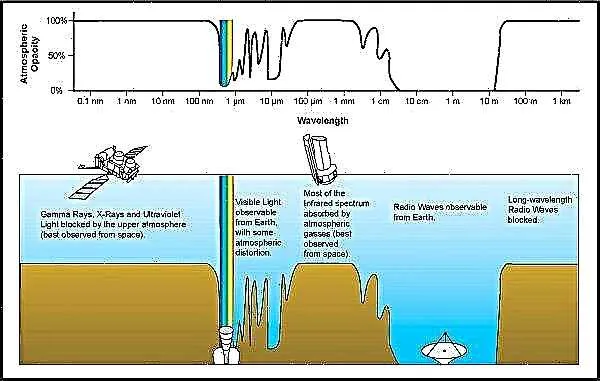
Spectra of light observable in the two telescopes
Souce
The other reason why it is a good idea to have telescopes outside the atmosphere is that there are certain frequencies of light that are absorbed by the atmosphere and therefore do not reach the surface where the ground-based telescopes are, for example, much of the infrared and ultraviolet light do not reach the surface with good intensity because the light is absorbed in the atmosphere before reaching it, the same properties of the atmosphere that protect us from ultraviolet radiation that can damage our tissue, also makes it difficult for us to observe astronomical objects in those types of light or wavelengths.
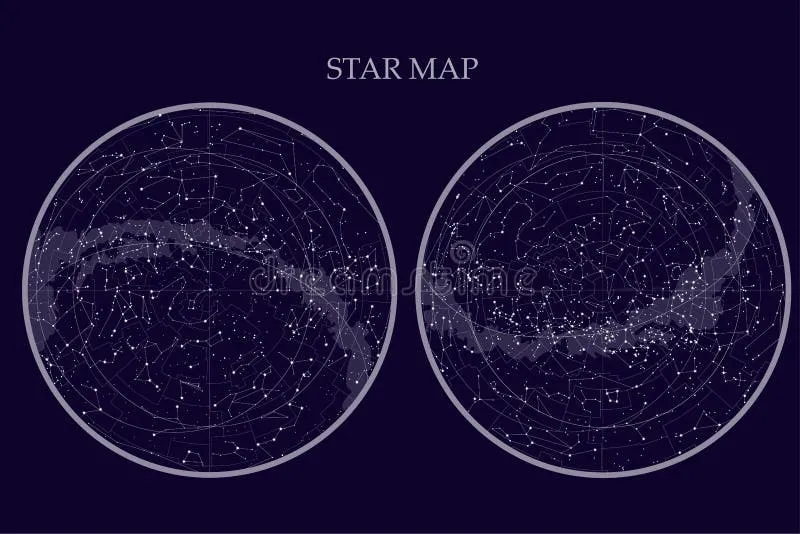
Space hemispheres for observation Souce
There is a third advantage of space telescopes over terrestrial ones, that they can observe basically any point in the sky while terrestrial ones are limited by their geographical position, a telescope in Chile, for example, will miss a part of the northern sky and vice versa, while an orbiting telescope like James Webb can literally see any point in the sky simply by timing its observations with specific times in its orbit.
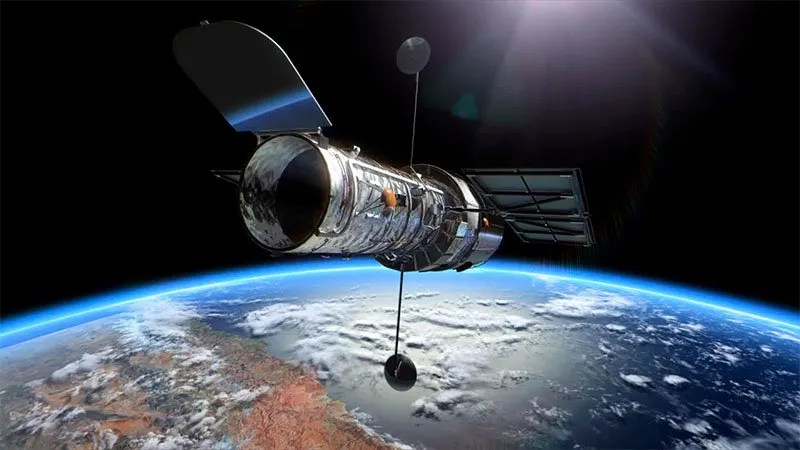
Hubble
Souce
It was 10 billion dollars, which is more or less what the James Webb Space Telescope cost. It sounds like a lot of money to spend on science, you just have to remember that it is being spent by the country that spent thirty times more, that is, 320 billion dollars. in developing an F-35 fighter jet, $10 billion well spent on science is nothing to America and benefits us all because knowing more benefits us all.
We just have to hope that it lasts many more years and that we put a successor with a better visible-light telescope in orbit than Hubble before its end.
Thank you for visiting my blog. If you like posts about #science, #planet, #politics, #rights #crypto, #traveling and discovering secrets and beauties of the #universe, feel free to Follow me as these are the topics I write about the most. Have a wonderful day and stay on this great platform :) :)
! The truth will set us free and science is the one that is closest to the truth!